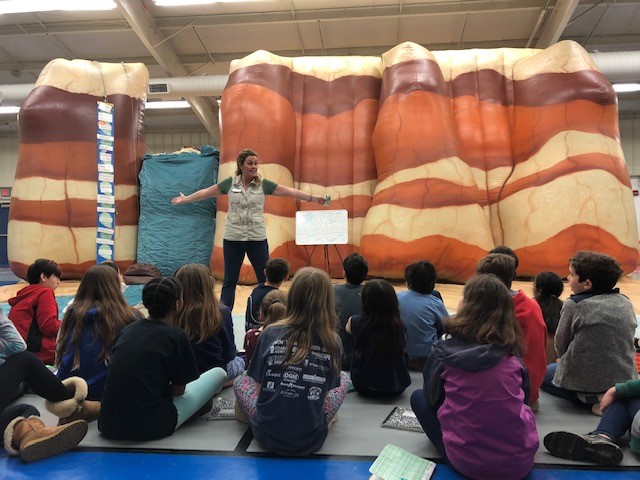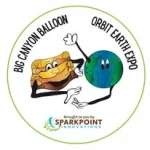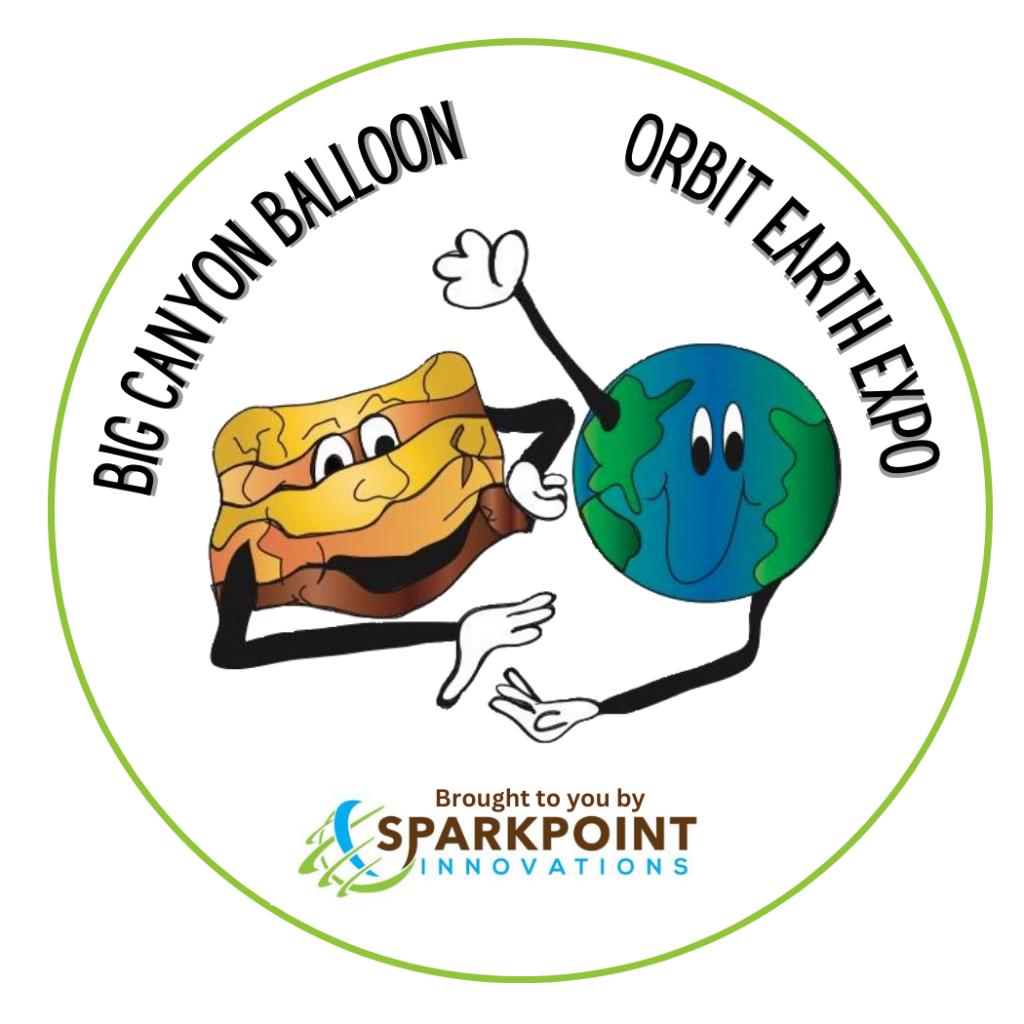The classroom provides a valuable space for teaching geology concepts, but it also has its limits when it comes to demonstrations. Geology involves the study of Earth’s processes, landscapes, and materials, many of which occur over vast timescales and in the field. While teachers can use visual aids, diagrams, and samples of rocks and minerals to illustrate certain geological concepts, it can be challenging to replicate the dynamic forces and processes that shape our planet within the confines of a classroom. For instance, demonstrating plate tectonics, volcanic eruptions, or erosion on a small scale may not fully capture the magnitude and complexity of these geological events. Furthermore, hands-on experiences like field trips to study rock formations or observe geological phenomena in nature can be limited by logistical constraints and safety considerations.
What’s a dedicated Science teacher to do?
Laurie Henry had all of this in mind when she created the Big Canyon Balloon back in 2008. Her goal was to create an experience that made the hidden processes of the Earth visible to students and sped up geological time so that students could see changes happen before their eyes. She designed the 15’ tall by 40’ inflatable model to include a canyon wall, a waterfall and river, and a cave (on the back).
Using the model, students can experience weathering, erosion, and deposition. They watch the height of the waterfall drop as erosion carves into the canyon and a delta forms from the sediment. They actively participate in the creation of barrier islands and sand dunes. Students can go beneath the earth’s surface to search for fossils and oil deposits among the sedimentary layers in the Fossil Cave.
The Big Canyon Balloon does what no diagram, video, or Pinterest activity can do – it makes geology come to life for your students within the safety of the school gym. Since 2008, over 300,000 students have experienced the Big Canyon Balloon. We hope your students can join them this school year!




